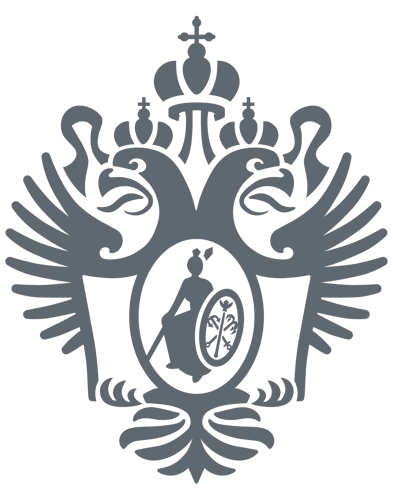
A diffractometer designed for studying structures of thin films, automated measuring of residual strains and textures, mapping reciprocal space, reflectometry, high-resolution grazing incidence diffractometry, and micro-diffraction measurements.
Technical charachteristics
• CuKα long focused X-ray sealed tube.
• Horizontal goniometer with independent axes and with measurement option in Theta / 2Theta geometry, goniometer radius ranges from 500 to 1050 mm:
- • goniometer has a system of sample positioning to within 50 microns with a laser and a microscope with imaging sample to monitor workstation;
- • possibility of moving the sample in X and Y axis (up to ± 75 mm), and vertical direction – Z axis (up to 10 mm), the range of the angle Chi between the plane of the sample and the plane of goniometer from -10 to 95°;
- • min scanning step value 0.0001°;
- • the range of scanning angles 2θ: -110 to 165°.
• Solid position-sensitive detector LYNXEYE:
- • 190 recording channels;
- • X-ray detection efficiency for CuKα radiation is not less than 98%;
- • spatial resolution of the detector is 75 microns.
• Optical system:
- • primary beam monochromatization with a 4-fold germanium monochromator (022 plane) with the symmetric reflection, and a width at half-maximum of the reflection from the 111 plane of silicon Si no more than 0.0035 degrees;
- • possibility of measuring the geometry of the parallel beam produced by a multilayer gradient optics (parabolic mirror) with the divergence is not more than 0.03 degrees;
- • integrated automated secondary optics - variable motorized slits, Soller slit and three-time analyzer crystal (germanium crystal orientation (022)).
Software
The DIFFRAC.SUITE software package provides wide opportunities of automated pre-processing of powder diffraction data collected on a Bruker diffractometer and qualitative and quantitative phase analysis; clarification of some of the structural characteristics of the material, such as unit cell parameters, etc.; as well as analysis of reflectometry; processing the results of measurements of high resolution diffraction, grazing incidence data processing of small-angle X-ray scattering (like GISAXS); structure model editor that lets you create a model of the superlattice layers and related parameters, modeling of diffuse scattering from the roughness of the (X-ray reflectometry for coplanar) and nanoparticles of different shapes (for GISAXS). The TOPAS software is a powerful way of full-profile analysis by the Rietveld method, which allows specifying the structure of known substances as well as solving and refining structures of the new compounds and minerals according to the powder diffraction data.
Information from the manufacturer
- http://www.bruker.com/products/x-ray-diffraction-and-elemental-analysis/x-ray-diffraction/d8-discover/overview.html
- http://www.bruker.com/fileadmin/user_upload/8-PDF-Docs/X-rayDiffraction_ElementalAnalysis/XRD/LabReports/XRD_68_Non-Coplanar_or__In-Plane__GID_DOC-L88-EXS068_low.pdf
- http://www.bruker.com/fileadmin/user_upload/8-PDF-Docs/X-rayDiffraction_ElementalAnalysis/XRD/Posters/D8_DISCOVER_A25_DOC-P88-EXS074_low.pdf
Location
The Petrodvorets training and research Complex of SPbSU.



